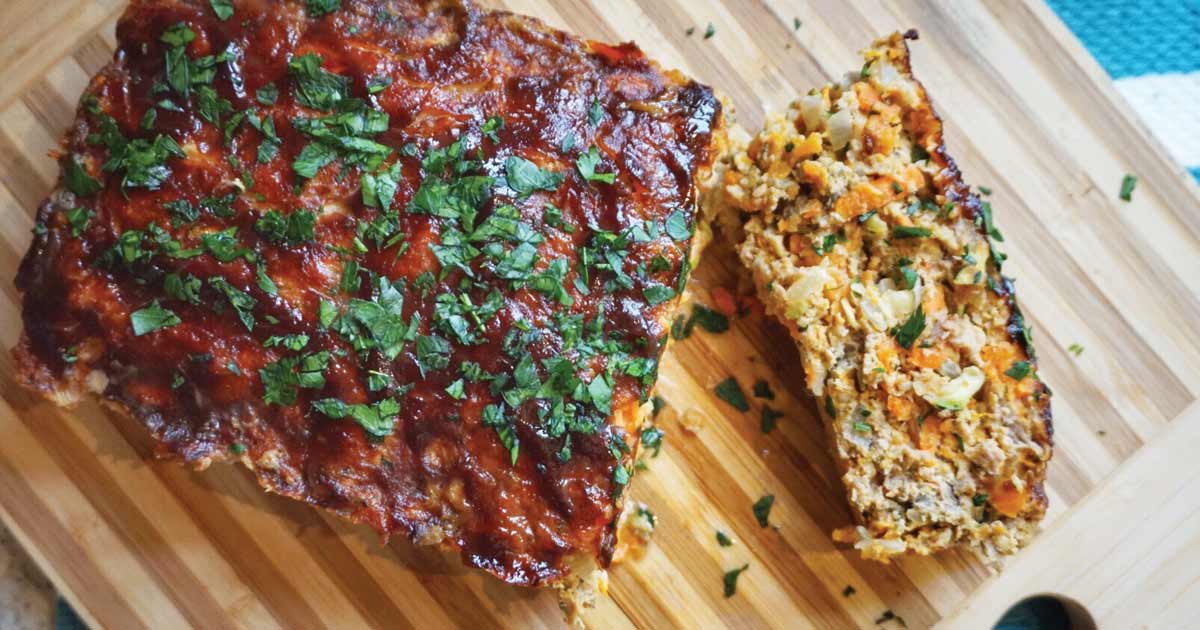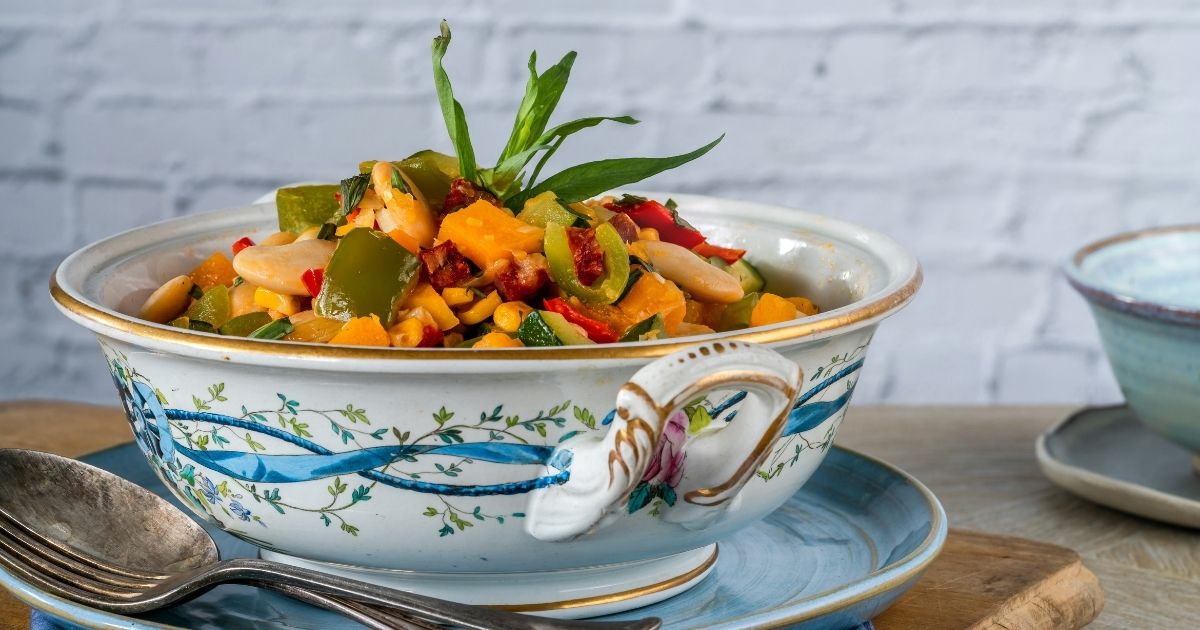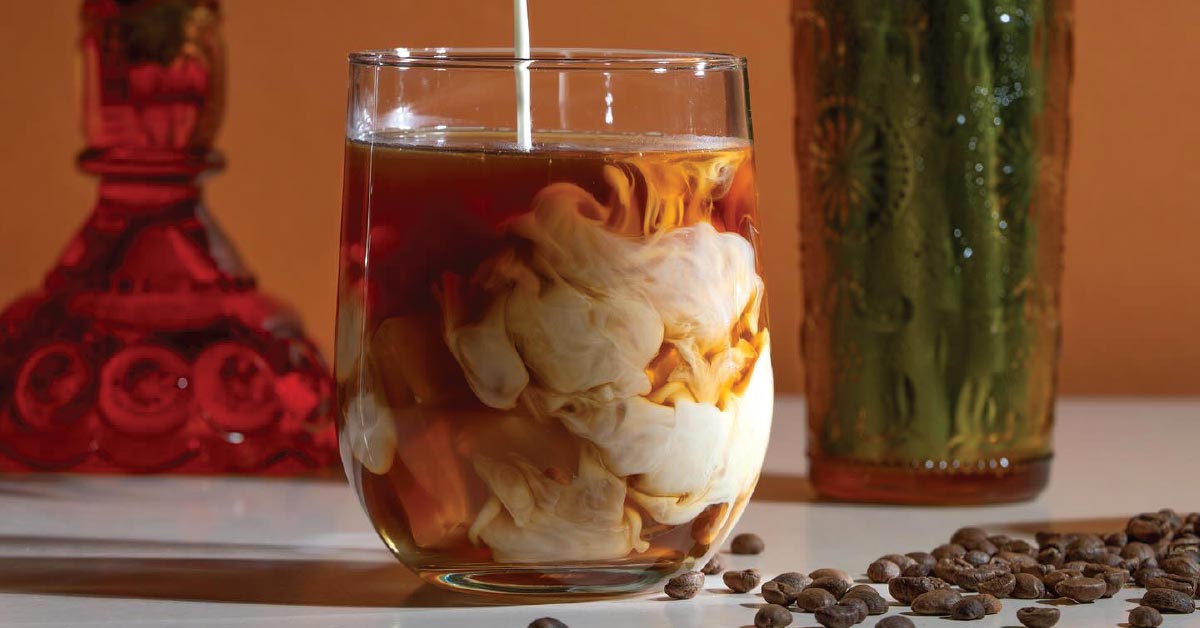No diet is one-size-fits-all. "Healthy" means something different for everyone.
And the word "diet" needn't be scary—a concept Jenn Fillenworth, M.S., R.D., Personal Chef and Dietitian, embraces in her cooking and recipe development. "Your diet should include creating meals for yourself that make you feel good, foods that provide the nutrition you need to be at your healthiest and food that actually tastes good," Fillenworth said.
"If you really don't like eating something, don't do it. Life is too short for bad food!"
It's important to consider incorporating healthier substitutions into your regular diet.
The good news? You don't have sacrifice flavor to do it—and small steps make a big difference!
When dining out, Fillenworth suggests still indulging in your favorite foods, while being mindful of proportions and asking that dressings and sauces with added salt and fat come on the side.
"If I want a cheeseburger, I'll skip the side of french fries and go with a side salad. This helps cut back on saturated fat and excess calories—plus, I'm really just in it for the cheeseburger!"
Fillenworth's substitutions are more about creating compromise and adding balance to the foods she's eating, rather than being overly restrictive. Take Greek yogurt, for example.
"It's high in protein, calcium and potassium, which makes it a nutrient-dense food, while butter would be a caloric-dense food." Fillenworth likes how it can mimic oils, mayonnaise, cream cheese or sour cream in recipes, providing similar results to classic recipes, but with less fat and more vitamins and minerals.
Fillenworth regularly uses Greek yogurt in pancakes, muffins and sauces, and even a faux dark chocolate mousse. (We're drooling!)
Despite what you may have heard over the years, grains—especially whole ones—provide us with lots of fiber and B-vitamins and deserve a regular appearance in our diets.
Use a 50/50 blend of zucchini noodles, aka zoodles, with whole-grain spaghetti or cauliflower rice with brown rice, Fillenworth suggests. You're still getting a healthy portion of vegetables, but not missing out on grains.
When a recipe calls for a panade—a milk and breadcrumb binder—substitute mashed veggies such as squash.
"I created a turkey-veggie meatloaf with mashed sweet potato that I can't get enough of!"

Looking for something a little more unexpected? Use vegetables in baked goods.
"It's actually easy to add shredded or pureed vegetables into baked goods. I recently made a chocolate beet cake and a parsnip tart this way. Why let carrot cake and zucchini bread have all the glory?"
Strengthen your kitchen skills by taking a cooking class and experimenting with your own unexpected substitution ingredients. You never know what delicious alternative you may discover!
Visit Jenny with the Good Eats to learn more about Jenn Fillenworth and find some nifty recipes!

Written by Sarah Suydam, Staff Writer for West Michigan Woman.




